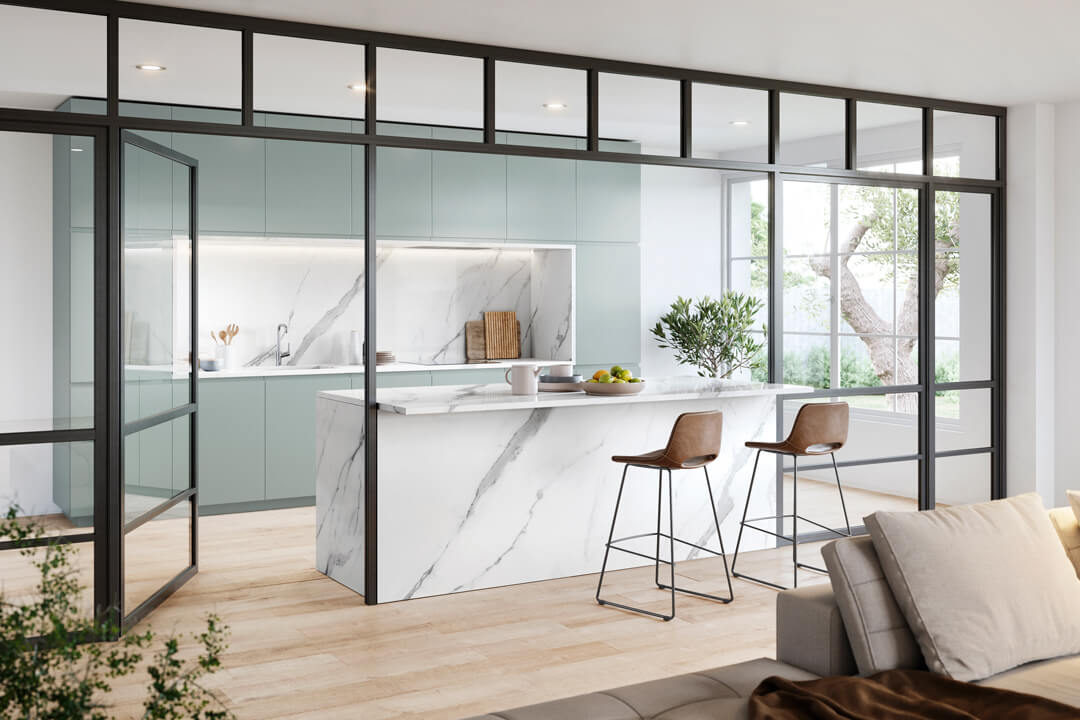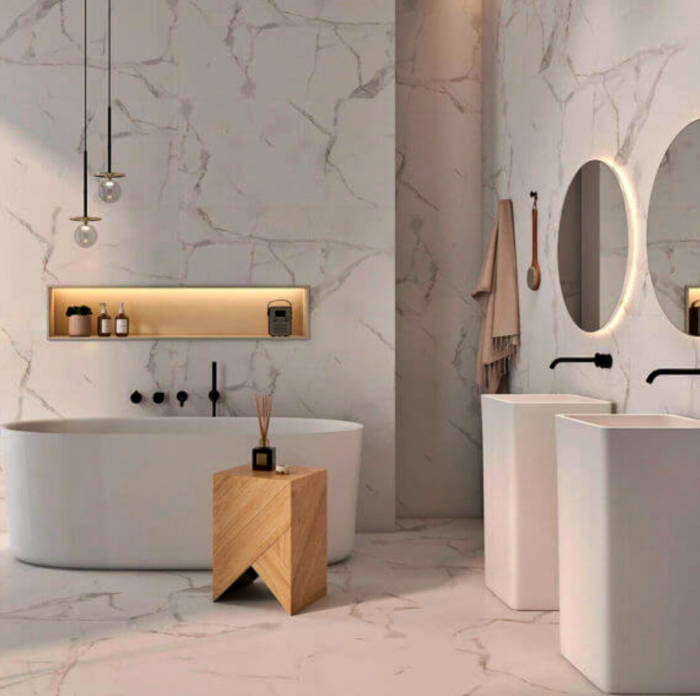Porcelain is a ceramic material that has been refined and crafted for thousands of years. The first porcelain was produced in China during the Han Dynasty (202 BCE – 220 CE), but it was not until the late 18th century that it became popular in Europe. Today, porcelain is one of the most versatile materials available for use in a variety of industries and applications. In this blog post, we will explore the history of porcelain and its cultural significance. We will also examine how porcelain has become one of the most popular materials for use in today’s modern world. Finally, we will highlight some of the advantages and diverse applications of porcelain.

Unveiling the Properties of Porcelain
One of the oldest types of ceramic materials is porcelain, which is composed of kaolin clay and feldspar. It is believed that the first known use of porcelain was in China during the Eastern Han Dynasty (25 AD – 220 AD). The word “porcelain” comes from the Latin word “Porcellana,” which means “little piglet.” The earliest known use of porcelain can be traced back to China, where it was used as an ornamental material for luxury objects such as vases and cups. Porcelain was later introduced to Europe by Arab traders between the 7th and 11th centuries AD.
During the Ming Dynasty (1368 AD – 1644 AD), porcelain became more widely used as a functional material instead of just an ornamental one. Porcelains were made using kaolin clay that had been ground up into fine powder before being mixed with feldspar. This mixture was then dried into a paste before being placed into a kiln where it would be fired at extremely high temperatures until it turned into a glasslike substance known as pottery stone. After being fired, porcelains were often glazed with enamel or painted with colorful decorations in order to make them more.
In the world of architecture, design, and decor, there is an endless array of options when it comes to choosing the right material. But among these many choices, porcelain stands as one of the most versatile materials available. Porcelain has been used in architecture for centuries and has been an essential part of many architectural designs and structures. Porcelain’s versatility allows it to be used in a wide range of applications including interior design and decor.
Porcelain’s aesthetic appeal makes it a popular choice for use in interior design and decor. Porcelain can be manufactured into various shapes, sizes, and colors that allow for a wide range of aesthetic possibilities. This makes porcelain tiles an ideal choice for creating unique pieces with custom designs or patterns. The versatility of porcelain also makes it ideal for creating unique pieces that can be used in any setting from modern to traditional without having to worry about matching colors or patterns with other elements in your home decorating scheme.

Practical Applications in Everyday Life
Porcelain is an extremely versatile material. It can be used in products as varied as bathroom fixtures, kitchenware and tableware, tiles, flooring, and even electrical insulators.
Porcelain can be easily identified by its white or off-white color, but the material has many other attractive features that make it an ideal choice for many applications. Porcelain is durable and resistant to damage from moisture, heat, and chemicals. It doesn’t stain easily, which makes it ideal for use in bathrooms, kitchens, and food preparation areas.
One of the most common uses for porcelain is in bathroom fixtures such as sinks and toilets. The durability of porcelain makes it a good choice for these applications because it won’t chip or scratch over time like some other materials might do. Porcelain also resists bacteria growth better than most other materials used in bathrooms because it’s nonporous and doesn’t absorb fluids like metals do (which is why they are often used in medical equipment).
Another practical application for porcelain is in kitchenware such as cookware and bakeware. Like bathroom fixtures, these items need to be durable enough to withstand regular use without becoming damaged or worn out over time.

Maintenance and Care Tips for Porcelain Products
It is important to keep your porcelain in good shape because it can be expensive and difficult to replace. Porcelain is an extremely durable material that can last for decades if properly cared for. However, there are some specific issues you should pay attention to.
Here are our top tips for caring for your porcelain items:
Clean your porcelain regularly with a mild soap and water solution. Wipe down the item using a soft cloth or sponge, then rinse with clean water and dry thoroughly with another soft cloth or paper towel. Repeat this process until all soap residue has been removed from the surface of the piece.
Use caution when cleaning any delicate surface (such as China or crystal) that could be damaged by harsh chemicals or abrasive cleaners. Instead, try using baking soda as an all-natural cleaner for these types of items.
Porcelain is a type of fine, hard ceramic material that is impermeable to water and other liquids. It is also resistant to corrosion, making it an ideal material for use in a wide variety of industries and applications. The advantages of porcelain include its hardness and durability, as well as its ability to withstand extreme temperatures.
The unique properties of porcelain make it an ideal material for many different industries. For example, it can be used in the dental industry to create dental crowns, bridges, dentures and other dental products that help restore patients’ smiles. It can also be used in medical devices such as implants and prosthetics which can replace missing parts of the body. In addition, porcelain is commonly used in cookware because of its resistance to high temperatures which makes it safe for cooking with gas or electric stoves.
The future prospects for porcelain are promising as more companies begin adopting this material for their products due to its versatility and sustainability characteristics. Porcelain contains no hazardous chemicals so it is environmentally friendly and less wasteful than many other materials such as plastic or paper which must be disposed of after use. Porcelain also lasts longer than some other materials.
You can stop by International Bath and Tiles showroom and we will be more than happy to show you our porcelain tiles and bathroom and kitchen fixtures made from the best porcelain around the world.

